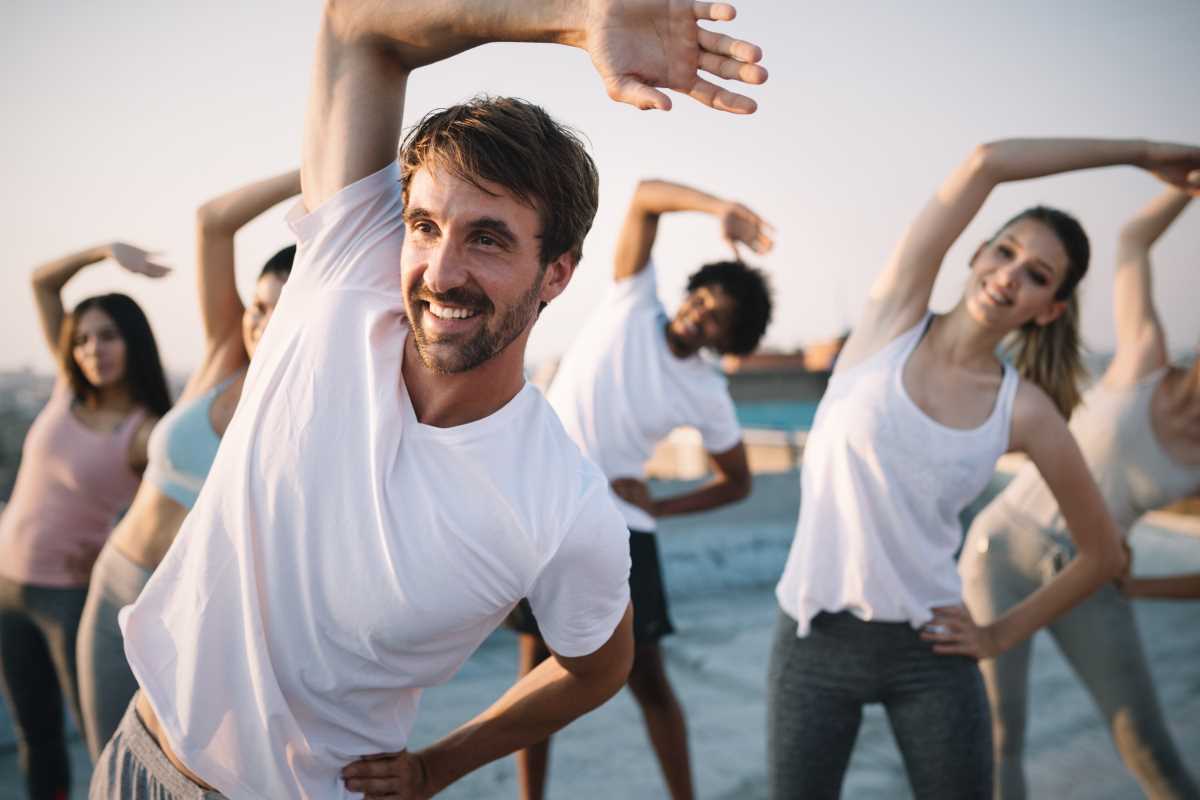In our busy day-to-day lives, it’s easy to take good posture and balance for granted—until discomfort, stiffness, or pain begins to interfere with our movement and wellbeing. Poor posture can contribute to chronic aches, muscle imbalances, and even injuries, while weak balance affects mobility and increases the risk of falls. Fortunately, a practice that addresses these issues holistically and gently is Pilates.
Known for its focus on core strength, flexibility, and mindful movement, Pilates has become a go-to method for improving posture and balance. Whether you are a desk worker battling slouching, an athlete seeking injury prevention, or someone simply wanting to move more comfortably, Pilates offers powerful tools to realign your body and sharpen your body awareness. Let’s take a closer look at how consistent Pilates practice can help you stand taller, move easier, and reduce the risk of injury.
Strengthening Your Core for a Stable Foundation
At the heart of Pilates is the concept of building a strong “powerhouse” — a term Pilates founder Joseph Pilates used to describe the core muscles encompassing your abdomen, lower back, hips, and pelvis. These muscles act as a natural corset, supporting the spine and stabilizing your entire body during movement.
When the core muscles are weak or imbalanced, other parts of the body compensate, often leading to poor posture, muscle strain, and pain, especially in the lower back and neck. Pilates exercises are designed to target these deep core muscles with controlled, precise movements that engage the transverse abdominis, pelvic floor, multifidus, and diaphragm.
By strengthening this core foundation, Pilates:
- Promotes proper spinal alignment: A strong core encourages your spine to maintain its natural curves, preventing slouching or excessive arching.
- Reduces back pain: Many Pilates exercises focus on stabilizing the lumbar spine, which alleviates pressure on vertebral discs and reduces discomfort.
- Enhances upright posture: With a stable center, your body can naturally maintain an upright stance without relying on tension or compensatory muscle use.
This focused core engagement also enhances your ability to maintain balance during both static postures and dynamic movements.
Improving Flexibility and Correcting Alignment
While Pilates is often associated with strength, flexibility is another essential pillar of the practice. Pilates movements encourage lengthening and stretching muscles in harmony with strengthening them, which is key for balanced posture.
Many people develop postural problems due to muscle tightness and imbalances — for example, tight chest muscles pulling the shoulders forward or stiff hamstrings restricting pelvic tilt. Pilates exercises work to:
- Release muscle tension: Stretching tight muscles helps reduce resistance against correct alignment.
- Lengthen muscles evenly: Balanced muscle length on both sides of joints promotes symmetry and ease of movement.
- Enhance joint mobility: Encouraging a full range of motion in joints like the hips, shoulders, and spine supports functional posture.
Pilates also incorporates techniques to improve proprioception—your body's awareness of its position in space—which is vital for alignment and balance. When your muscles and joints move fluidly and symmetrically, your posture improves naturally, and your body feels more stable.
The Mind-Body Connection: Moving with Awareness
One of Pilates’ unique strengths is its emphasis on the mind-body connection. Unlike many workout styles that prioritize speed or volume, Pilates invites you to slow down, focus, and breathe deeply while performing each movement with precision.
This mindful approach helps you:
- Tune into your body’s signals: Becoming aware of how your muscles engage or where tension resides allows you to make real-time postural corrections.
- Develop movement efficiency: Conscious movement patterns reduce unnecessary strain and enhance balance.
- Breathe to support posture: Coordinated breathing stabilizes your core and reduces fatigue.
This growing awareness during Pilates practice often carries over into everyday activities. You become more conscious of your posture when sitting, standing, or walking, and better equipped to adjust before discomfort or injury occurs.
Suitable for All Ages and Fitness Levels
Pilates is remarkably adaptable, making it accessible and beneficial for people across the lifespan—from young adults wanting to improve their desk posture to seniors aiming to maintain balance and prevent falls.
Its low-impact, controlled movements reduce the risk of injury, and exercises can be modified to suit beginners or intensified for advanced practitioners. Even individuals recovering from injury or managing chronic conditions can often benefit from tailored Pilates routines under professional guidance.
Regular Pilates practice can:
- Help older adults retain balance and coordination, reducing fall risk and supporting independence.
- Enhance athletes’ performance by improving body control and preventing overuse injuries.
- Assist office workers in counteracting the effects of prolonged sitting, such as forward head posture and rounded shoulders.
This versatility means Pilates is a lifelong tool for supporting healthy posture and balance.
Practical Tips for Incorporating Pilates into Your Routine
If you’re new to Pilates or looking to make it a consistent part of your fitness regimen, here are some tips to get started:
- Aim for 2-3 sessions per week: Consistency is key to strengthening muscles, improving flexibility, and developing body awareness. Even 30-minute sessions can make a difference.
- Start with beginner classes or online tutorials: Certified Pilates instructors can guide you safely through foundational exercises, helping you master correct form.
- Focus on quality, not quantity: Pilates emphasizes controlled, precise movement rather than high reps or heavy resistance. Pay attention to how your body feels with each exercise.
- Use props for support: Tools like resistance bands, Pilates rings, or stability balls can add variety and help tailor exercises to your level.
- Integrate Pilates principles into daily life: Practice mindful posture checks and core engagement when standing, walking, or sitting throughout the day.
 (Image via
(Image via





